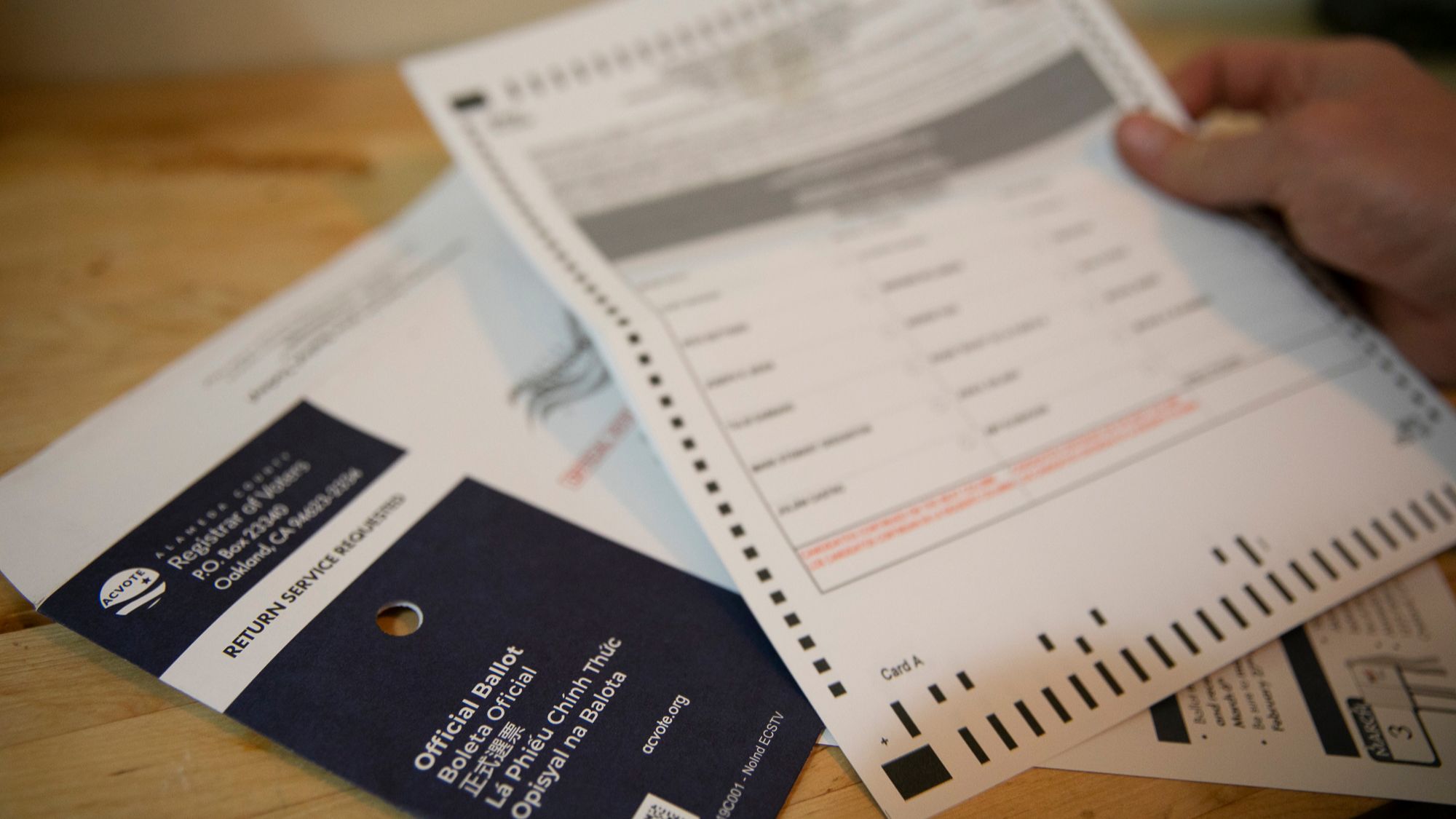Introduced in a pre-pandemic world, a pair of California measures opposed by commercial real estate will go before state voters in November, who may be much more receptive to their ability to boost local budgets.
In one, the California Schools and Local Communities Funding Act of 2020, a change to California’s long-standing Proposition 13 is on the table. The initiative commonly referred to as “split roll” would reassess commercial and industrial properties every three years as opposed to only when they are sold, which is what Prop. 13 spelled out when passed over 40 years ago.
For the other, the Rental Affordability Act, Californians will again vote on rent control. The Rental Affordability Act would reform the Costa-Hawkins Rental Housing Act, giving cities across the state the power to expand and implement new rent controls.
The California Schools and Local Communities Funding Act of 2020
Backed by advocacy group Schools and Communities First and marquee name champions like the Chan Zuckerberg Initiative, the proposed split roll initiative would reassess commercial and industrial properties of more than $3M to market rate and generate a tax windfall of up to $12.6B, according to a USC study from earlier this year.
The measure would amend the existing Prop. 13, which since 1978 has capped residential and commercial reassessment increases at 2% per year, and limit it to residential properties.
Though critics say ripple effects will hurt California’s small businesses, proponents like Schools and Communities First Communications Director Alex Stack say most commercial and industrial properties in the state are already assessed at or near fair market value. Citing the USC study, Stack points out that 78% of subsequent revenue would come from 6% of commercial and industrial properties.
“We’re really talking about a fraction of top corporations in the state that have benefited for decades from egregiously low property tax rates, assessments from the 1970s,” he said.
Hoge Fenton Special Counsel Catharine Baker, a critic of the initiative, said the Prop. 13 reform “would be a pretty cataclysmic event for small-business employers across the state and every Californian who is already challenged by the cost of living.”
Thousands of California businesses are on triple-net leases or other agreements passing through tax costs to them, Baker said. Critics say they worry split roll will force many of those ventures out of business or to raise the cost of goods and services, hurting consumers.
“It will have a ripple effect that everyone in California will feel,” she said.
With plummeting tax revenues decimating local budgets, the bill is likely to win more support to make up for shortfalls, according to Baker.
“It’s just made it that much more important, honestly,” Stack said. “The historic budget shortfalls that California is facing — school districts, local governments — it’s unprecedented.”
A revised version of the initiative, which raises values for properties exempt from the reform from $2M to $3M and includes new small-business tax relief, officially qualified for the November ballot on Friday. The group will pull from consideration the first iteration that is also eligible, Stack said.
Conducted in early April, the most recent survey of likely voters on split roll by the Public Policy Institute of California found 53% would support the measure.
Rental Affordability Act
Backed by Housing Is A Human Right, the housing advocacy division of AIDS Healthcare Foundation, the latest statewide rent control measure gathered its necessary 1 million signatures needed to qualify for the ballot earlier this year.
The RAA follows the similar Proposition 10 proposal, which Californians voted down in 2018. Prop. 10 represented an attempt to repeal a Costa-Hawkins Rental Housing Act that prevents cities from imposing rent control on residential units built after 1995. The RAA in particular would reform state law, making it legal for local governments to enact rent control for housing 15 years or older.
The new proposal also comes as the state’s multifamily industry adjusts to AB 1482, which took effect in January and caps rent hikes on units 15 years and older to 5% plus inflation per year.
“We need the Rental Affordability Act now more than ever,” Housing Is A Human Right Campaign Director René Christian Moya said of the initiative amid the coronavirus pandemic. “The longer the economic damage caused by the pandemic lasts, we are going to have an even greater need for tenant protections.
The RAA includes compromises that Prop. 10 did not, Moya said. It excludes new construction (under 15 years old), allowing developers to realize market-rate rents on newer projects.
“We know that that’s enough for developers to pencil. We have given a concession to the building industry in baking in that exemption,” he said.
Much of the commercial real estate industry’s opposition to rent-control measures is known, with figures citing threats to the industry and arguments it diminishes housing supply potential.
“It’s probably the biggest risk to our industry is this having a contagion effect from these deep blue states, New York and California, and eventually spreading across the country,” TruAmerica Multifamily co-Chief Investment Officer Matt Ferrari said at a Bisnow event last year. “It could really impact our business long term.”

